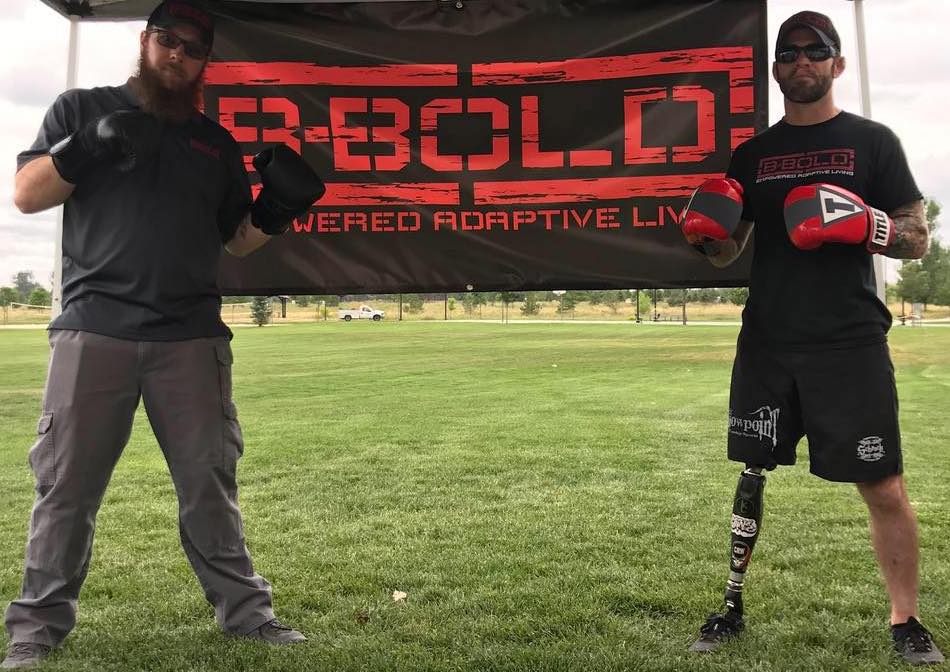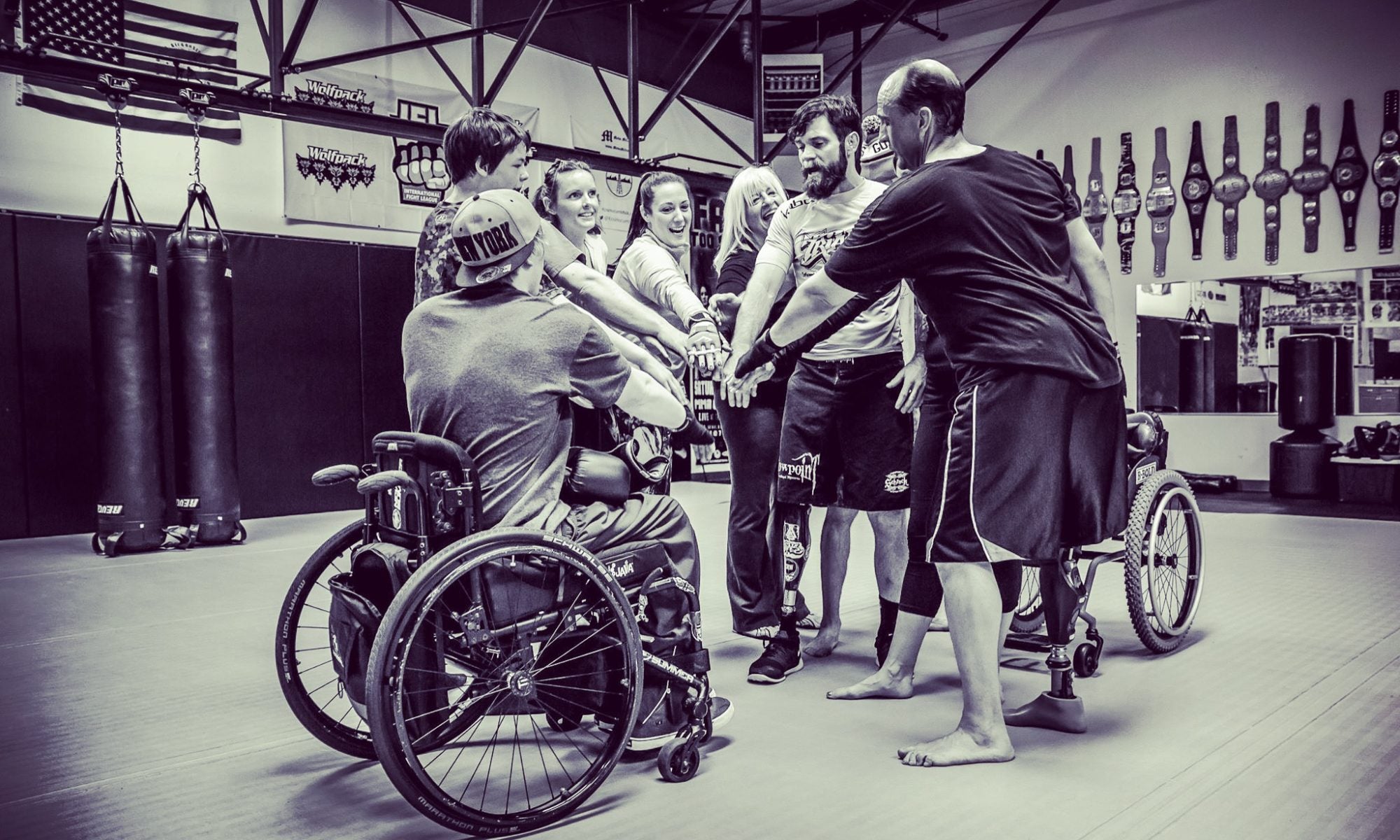Kim Glass has worn a number of hats throughout her career. She’s been a volleyball player, a professional athlete, an Olympic medalist, a personal trainer, and a model. Along the way, the real test of Glass’s strength and grit didn’t come with the career highlights, but when she couldn’t stand or walk upright. For Kim, it took a performance-limiting condition to remind her she was Made2Move.
Kim grew up in a competitive family, and started playing basketball a young age before making the switch to volleyball in high school. High school competition paved the way to High Performance Camp, collegiate sports, and eventually a professional career overseas. In 2009, while playing in Russia, Glass started “getting weird sensations” in her back. In 2010, she learned that she had a herniated disc while she was playing in Czech Republic. But, as elite athletes tend to do, she kept playing.
While training with USA Volleyball back in California, Glass awoke one morning to discover the simple things she took for granted—like her ability to roll out of bed each morning—suddenly weren’t so simple. “I remember collapsing to the floor, as if an invisible foot kicked me behind my knees,” she said, “I felt a surge of pain that stream from my back into my toes. I tried to get up, and I couldn’t.”
Glass eventually crawled through her home to get ready for volleyball practice, and drove herself to the gym. Practice, however, wasn’t going to happen. Instead, she was sent to the doctor. The diagnoses: a herniated disc and sciatica.
Although she was a candidate for surgery, Glass opted for movement-based recovery instead, embracing Pilates. Her program worked so well, she was able to return to professional competition. Years later, she remains pain-free and a stickler for proper form.
“Being in a position where you can’t laugh hard, sneeze or cough, get yourself to rise out of the bed the way you’ve done over and over again throughout your life; not being able to bend over and put on your own socks, pants, or shoes: it puts everything in perspective,” she said. “You start to realize the integral role your spine plays in your life, and how much you take for granted.”
Now, as a trainer, Kim can use her own experiences to motivate clients to listen to their bodies and establish safe practices to avoid injuries.
“Movement—and efficient movement—is important to me, because I don’t want to experience that ever again, and I want to make sure others don’t have to as well. I want to value the vessel, and celebrate my body’s freedom to move, by getting out and moving every day.”



